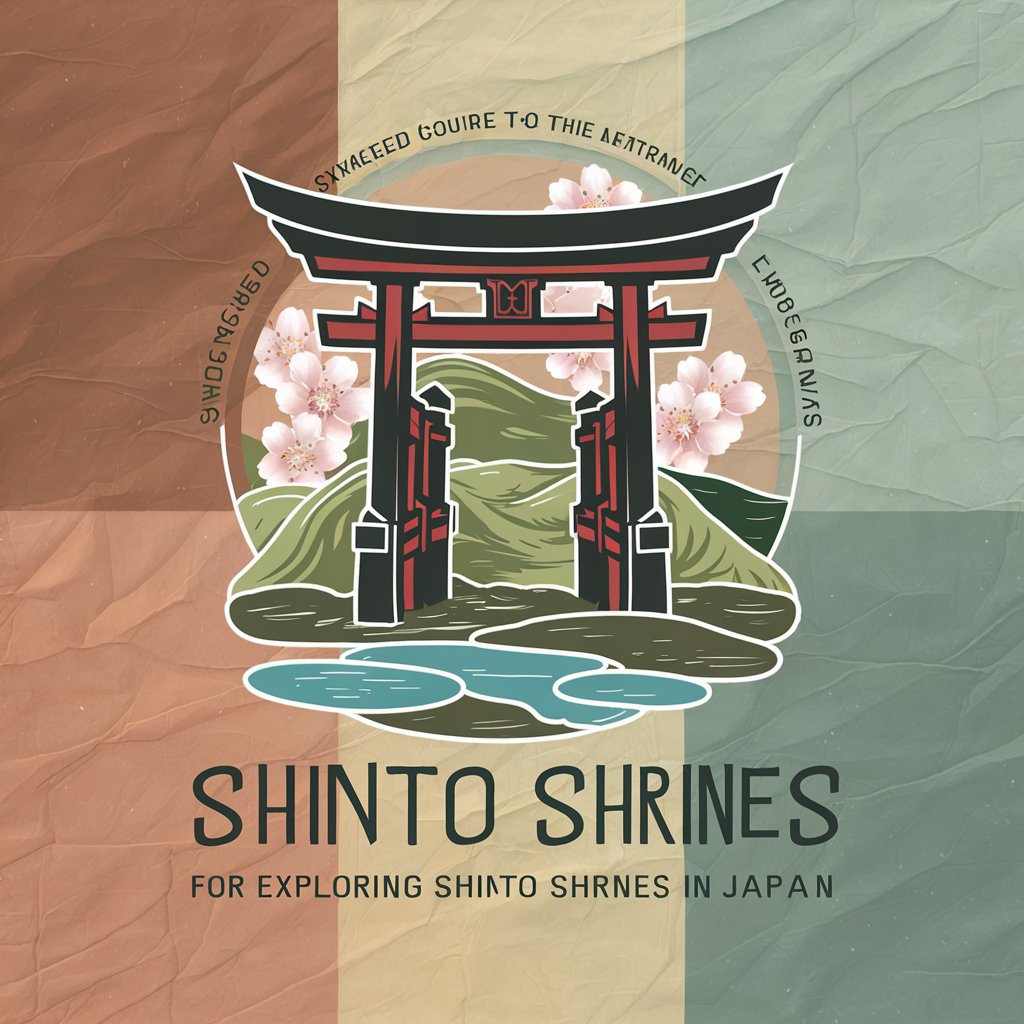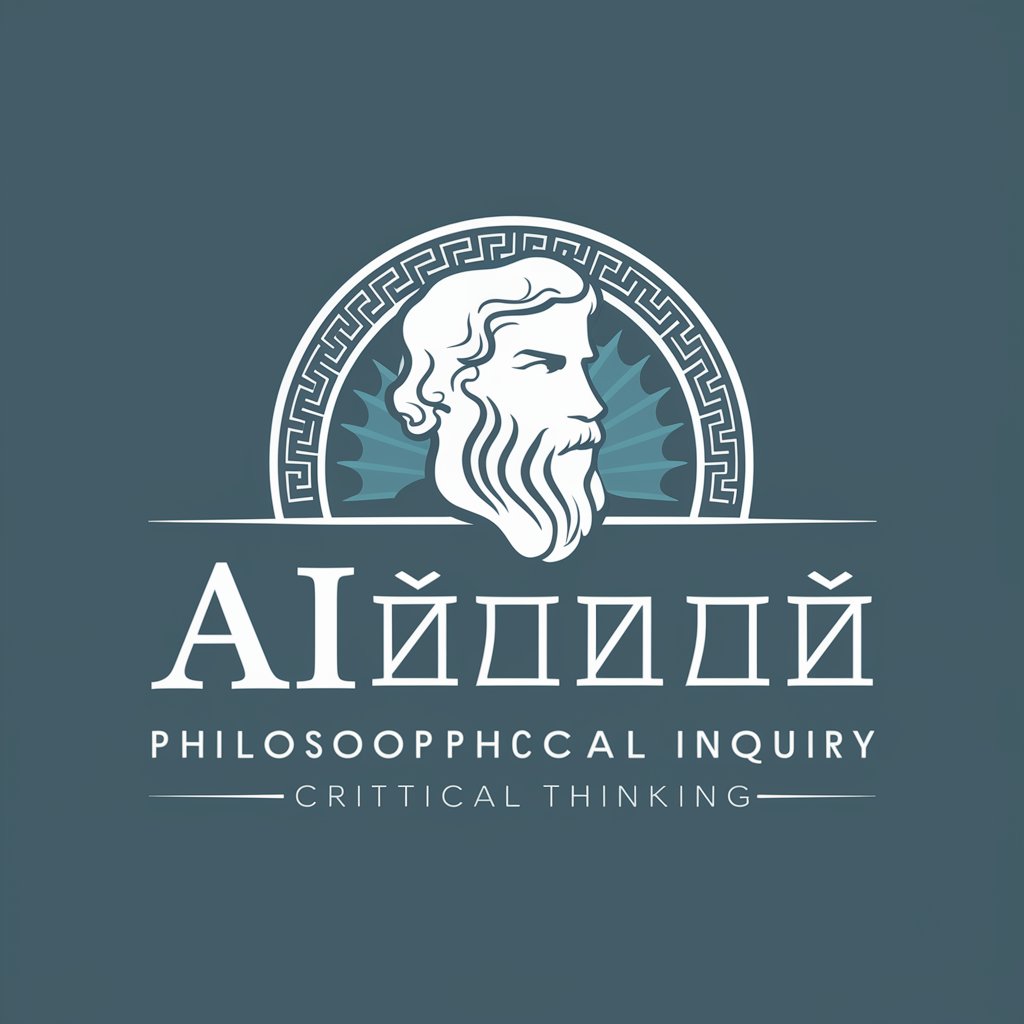神社探索者 - Shrine Exploration Tool

Welcome! Let's explore Japan's beautiful shrines together.
Explore Japan's Shrines with AI
Tell me about the history and significance of [shrine name].
What are some must-see attractions near [shrine name]?
How can I get to [shrine name] using public transportation?
Can you explain the cultural practices observed at [shrine name]?
Get Embed Code
Overview of 神社探索者
神社探索者 is a specialized digital assistant designed to provide detailed information about shrines in Japan. Its primary purpose is to assist users in understanding the historical, cultural, and spiritual significance of various shrines across Japan. It helps in planning visits by offering insights into the shrine's background, location specifics, nearby attractions, and transportation options. A typical scenario where 神社探索者 would be useful is when a user is planning a cultural tour and wishes to include several shrine visits in their itinerary, ensuring a deeper appreciation and context of each site. Powered by ChatGPT-4o。

Core Functions of 神社探索者
Detailed Shrine Information
Example
Information about Fushimi Inari Taisha's history, the significance of its thousands of torii gates, and the fox (kitsune) as a central figure in its lore.
Scenario
A user planning a visit to Kyoto can learn not only about the shrine’s aesthetics but also the deeper meaning behind its structures and deities.
Travel Planning Assistance
Example
Suggestions for travel routes, best times to visit, and local transportation options like trains or buses to reach the Toshogu Shrine in Nikko.
Scenario
Helps a user optimize their travel schedule, allowing more time to explore the shrine and surrounding areas efficiently.
Cultural Context and Etiquette Tips
Example
Guidelines on proper shrine etiquette, such as purification rituals at chozuya, appropriate offerings, and prayer practices.
Scenario
Ensures that international visitors respect local traditions and participate meaningfully in shrine activities.
Target Users of 神社探索者
Cultural Tourists
Visitors interested in exploring Japan’s rich cultural and spiritual heritage through its shrines. These users benefit from the contextual and logistical information, enhancing their travel experience.
Academic Researchers
Scholars studying Japanese culture, religion, or history who require in-depth information about shrine origins, influences, and practices. The service provides valuable data and references.
Educational Groups
School groups or university students on educational trips focused on learning about Japanese traditions and religious practices directly from historical sites.

How to Use 神社探索者
1
Visit yeschat.ai to start using 神社探索者 for free without needing to sign up or subscribe to ChatGPT Plus.
2
Choose a specific shrine or topic related to Japanese shrines you want information about.
3
Enter your query in the chat interface to receive detailed information about the shrine's history, cultural significance, and visitor information.
4
Utilize the provided information to plan your visit, including nearby attractions and transportation options.
5
Ask follow-up questions as needed to explore other aspects or get more detailed advice specific to your travel needs.
Try other advanced and practical GPTs
Canvas Master
Bringing Emotions to Life with AI

Mysterious Quarles
Revive Poe's Genius with AI

AK Stock Market Researcher
Empowering investors with AI-driven analysis

GPT in Wonderland
Embark on AI-Powered Wonderland Journeys

ソクラテスくん
Enlighten your mind with AI-driven philosophy.

El Lector: The Cigar Connoisseur
Your AI-Powered Cigar Companion

OWN Connect
Connecting Business, Fueling Innovation

Concise GPT
Succinct AI-powered content assistant

Concise Companion
Summarize smarter, not harder, with AI

3人の専門家
Simulate Expert Discussions, Powered by AI

UX Friend
Empowering design with AI insights

らくらくTikTokタイトル台本作成-3人議論-
Script Your Success with AI

Common Questions about 神社探索者
What is 神社探索者?
神社探索者 is a specialized AI tool designed to help users discover and learn about Japanese shrines, offering detailed information about their history, significance, and cultural context.
How can 神社探索者 help me plan a shrine visit?
It provides historical context, visitor information, nearby attractions, and travel tips, making it easier to organize a culturally enriching trip.
What kind of information does 神社探索者 provide about shrines?
It includes details on the shrine's foundation, its importance in Shinto religion, specific festivals held there, and advice on cultural practices to observe during your visit.
Can 神社探索者 recommend other attractions near a specific shrine?
Yes, it can suggest additional sites of interest, dining options, and accommodation near the shrine based on your location and travel preferences.
Is 神社探索者 suitable for academic use?
Absolutely, it's ideal for students and researchers needing detailed cultural, historical, and contextual information about Japanese shrines for their studies.
